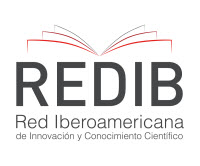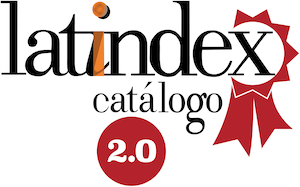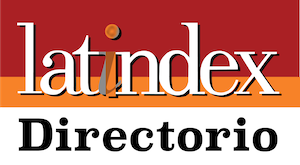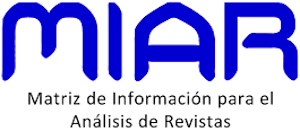Submissions
Submission Preparation Checklist
Todos los envíos deben cumplir los siguientes requisitos.
- El envío no ha sido publicado previamente ni se ha sometido a consideración por ninguna otra revista (o se ha proporcionado una explicación al respecto en los Comentarios al editor/a).
- Siempre que sea posible, se proporcionan direcciones URL para las referencias.
- El texto se adhiere a los requisitos estilísticos y biliográficos resumidos en las Directrices del autor/a, que aparecen en Acerca de la revista.
- Nueva opción para comprobar en los requisitos para autores.
- El archivo de envío está en formato OpenOffice, Microsoft Word.
- El texto tiene interlineado sencillo; 12 puntos de tamaño de fuente; se utiliza cursiva en lugar de subrayado (excepto en las direcciones URL); y todas las ilustraciones, figuras y tablas se encuentran colocadas en los lugares del texto apropiados, en vez de al final.
ADMINISTRACIÓN, ECONOMÍA, FINANZAS Y COMERCIO

Copyright Notice
The author maintains the moral and intellectual rights of his work, authorizing the publisher of Sathiri journal to disseminate and disclose its content for strictly academic and research purposes, without profit.
Privacy Statement
PRIVACY POLICIES
The Politécnica Estatal del Carchi University (UPEC) is committed to maintaining the confidentiality policies, described below, in order to protect the privacy of the personal information of its users, obtained through its online services. The Privacy Policies that are detailed below may have future changes, for which we will use all possible communication channels to let our users know.
Type of information obtained
All the information obtained from the user when using the services we offer through our website, subscription forms, user registrations or any promotion that is or has been available to our users is under the rules of confidentiality and/or privacy.
Purpose that will be given to information
The personal data contained in the confidential information is used to provide the user with a service according to their needs, where appropriate, selective academic information about the publications offered by the Politécnica Estatal del Carchi University and that may be of interest to you.
Confidentiality of information
The Politécnica Estatal del Carchi University will not share confidential information with any authority, company, organization or person other tan us and will be used for purely academic purposes unless expressly authorized by the people who obtained the information or when it has been required by court order, in accordance with the regulations in force in Ecuador or to protect the intellectual property right or other rights of the university institution. UPEC does not sell or rent user information by any means.
Users have the right at all times to know what personal data we have about you, what we use them for and the conditions of use that we give them (Access). Likewise, it is your right to request the correction of your personal information in case it is outdated, inaccurate or incomplete (Rectification); similarly, you have the right to have your information removed from our records or databases when you consider that it is not being used properly (Cancellation); as well as to oppose the use of your personal data for specific purposes (Opposition). These rights are known as ARCO rights.
For the exercise of any of the rights described, the respective request must be submitted through the following email: publicacionesupec@gmail.com
As explained above, you understand and agree that this confidentially policy does not apply to information that the user voluntarily provides when communicating with other through electronic correspondence, chats, newsgroups or other similar activities. It is responsibility of the user to be cautious on the type of information given when participating in these public activities. The Politécnica Estatal del Carchi University is not responsible for the privacy or data collection policies of third party providers of services and products or how those third party providers of services or products use the information you provide
Acceptance of Terms
This confidentiality/privacy statement, which describe the terms and condition of the Politécnica Estatal del Carchi University, constitutes a legally valid agreement and therefore with legal life between the user and UPEC. In this way, if the user uses this service, it mean that he has read, understood, accepted and consequently agrees with the terms set forth above.




















